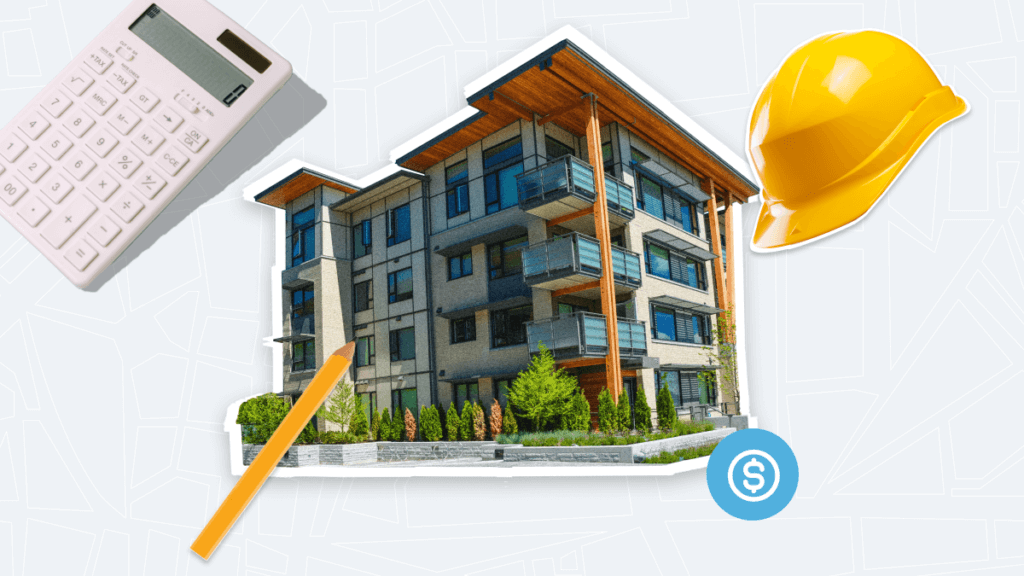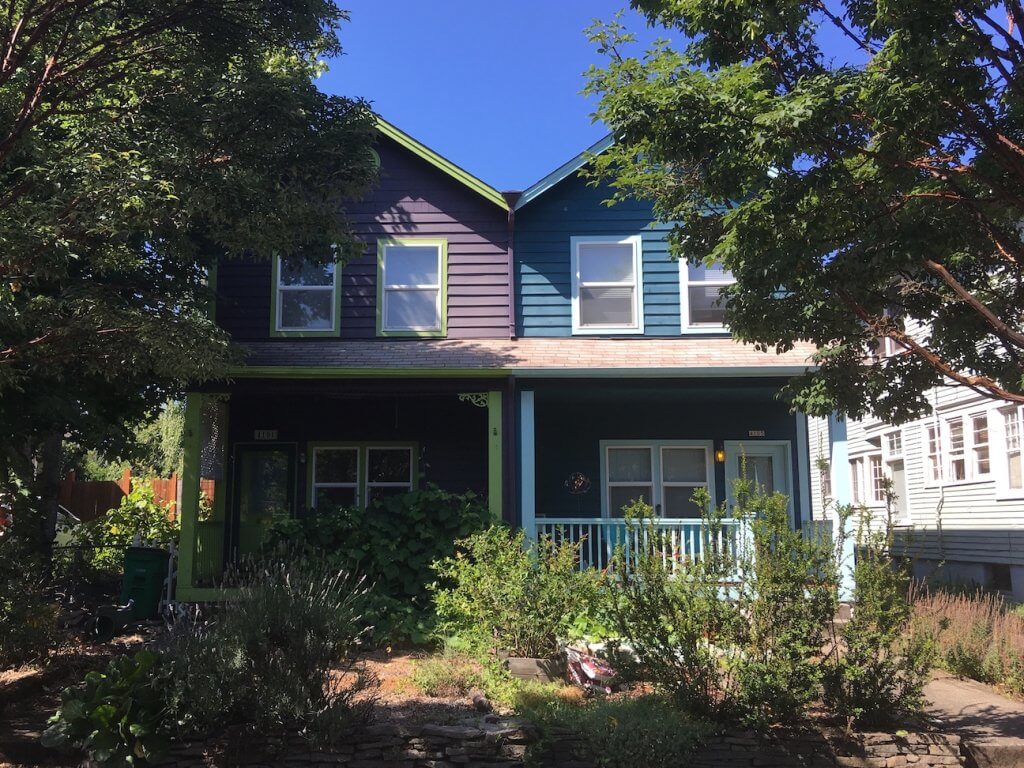Balancing the Tax Code to Relieve Housing Cost Burdens
Published On March 9, 2017
Of the more than 21 millions renters in the United States who are burdened by the cost of housing today, more than 15 million can not access assistance they are eligible for, because there aren’t enough federal resources to meet their needs. In part, this is a result of skewed tax code that directs significant expenditures to homeowners and other policy priorities, and leaves the housing security and economic mobility of renter families behind.
Amidst emerging conversations about reforming the federal tax code, it is important that we are reminded of this imbalance and seize the opportunity, should there be one, to address it. As we discussed in our November 2016 paper and blog, a national renter’s tax credit would go along way to achieving this goal and helping to bring more fairness into the system.
Our policy brief proposed the Federal Assistance In Rental (FAIR) tax credit, which would leverage the tax code to direct much needed resources to renters, with three potential options for implementation. These options vary in terms of their price tag and reach, but all are designed to help stabilize the finances and housing situation of vulnerable renters. Today, the Center on Budget and Policy Priorities (CBPP), which first put forth a renter’s tax credit proposal in 2013, released a new paper further exploring strategies for implementation. The paper offers a number of refinements to CBPP’s original proposal, including a “project-based” implementation, which would be administered by states to allocate credits to developers and owners. This feature simplifies the proposal considerably.
Beyond the Terner Center and CBPP, a number of thought leaders across the political spectrum have expressed support for, or offered their own versions of, a renter’s tax credit. As the dialogue around tax reform gains momentum, rebalancing the tax code to better serve low-income renters should be a high priority, and a renter’s tax credit could help us get there.





